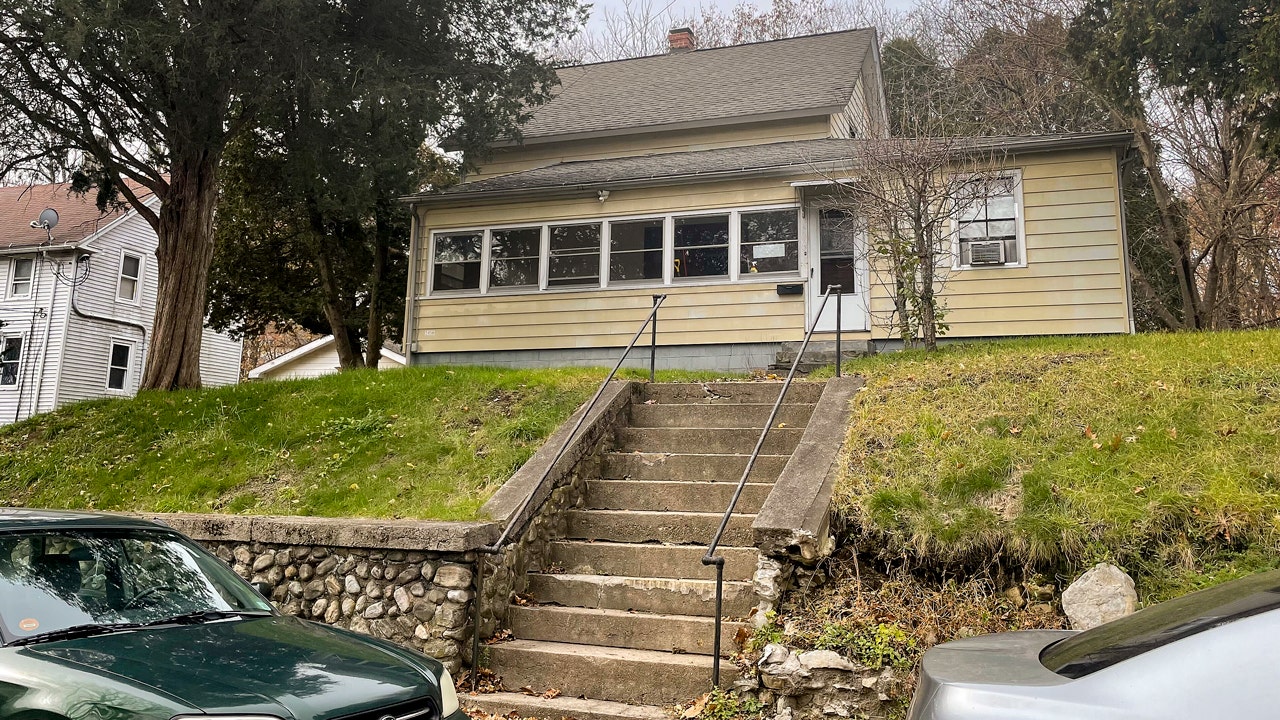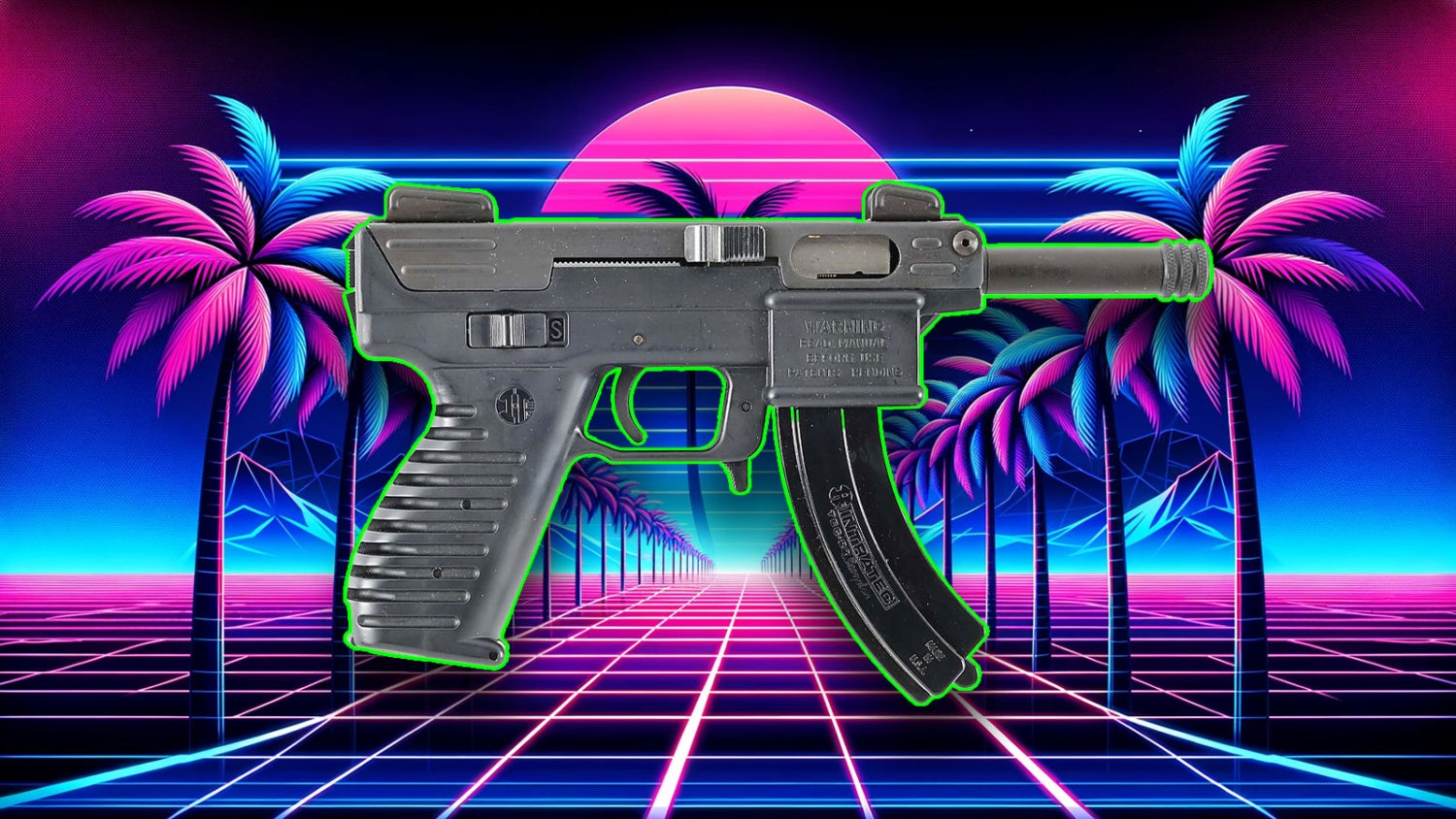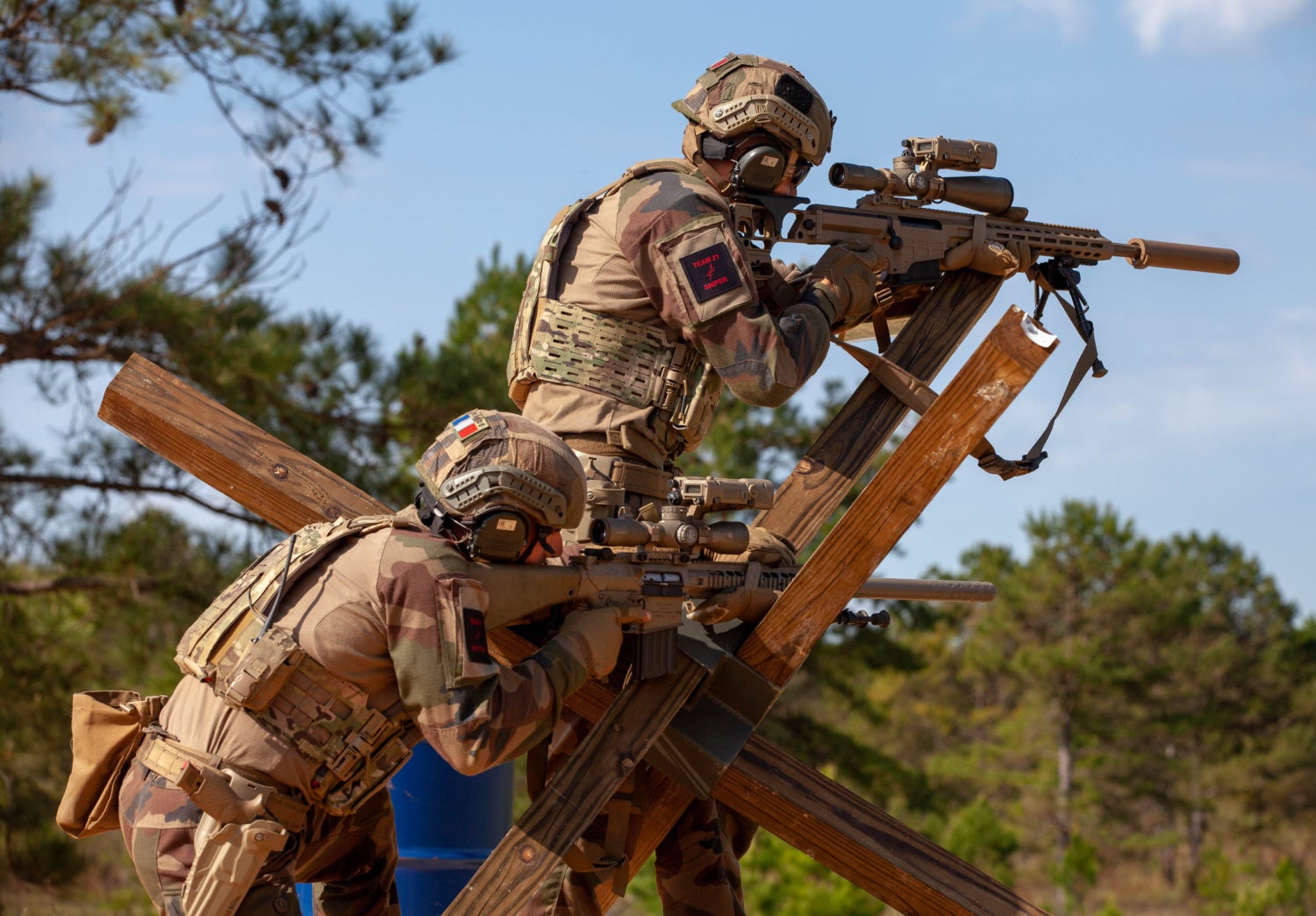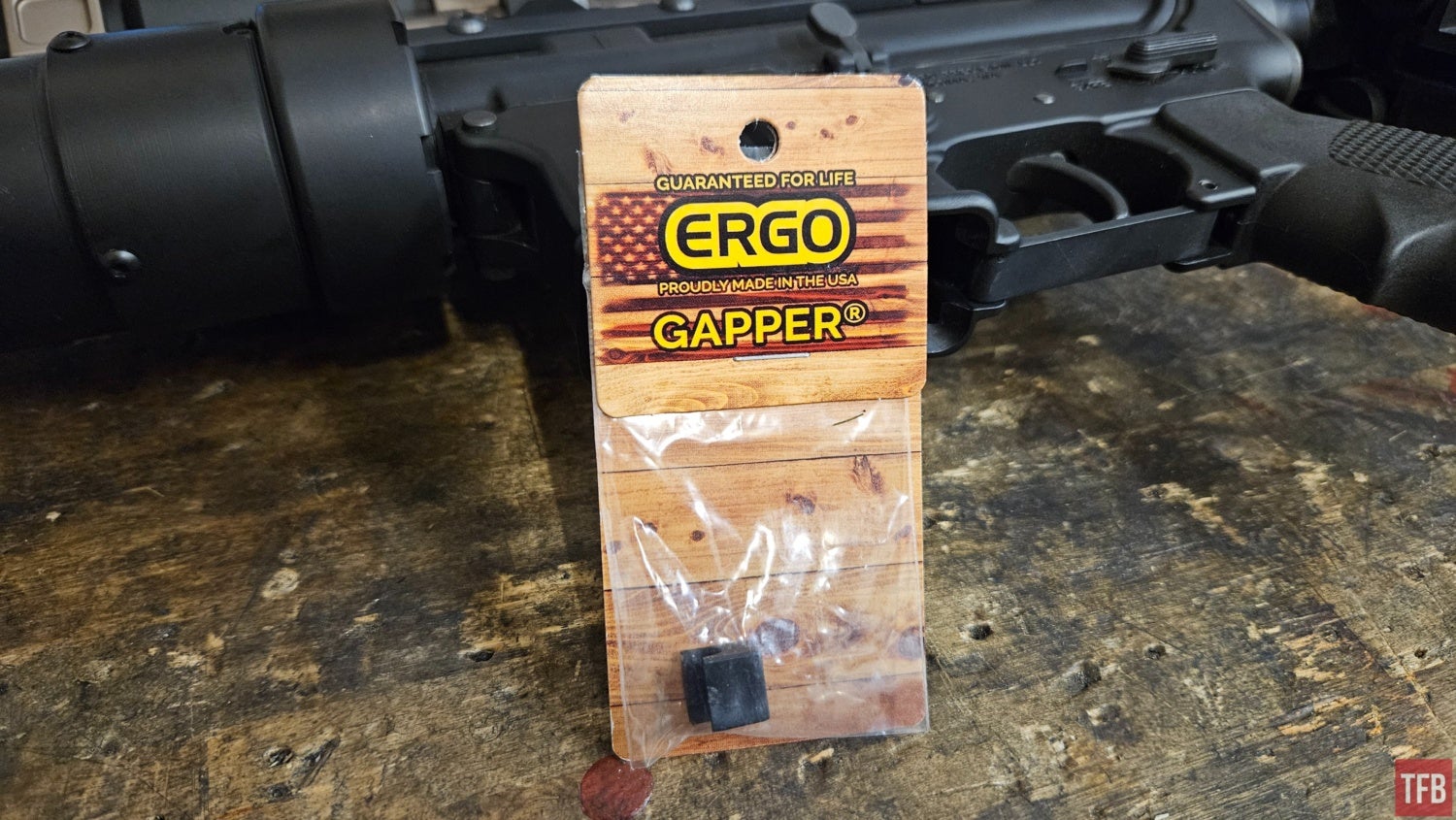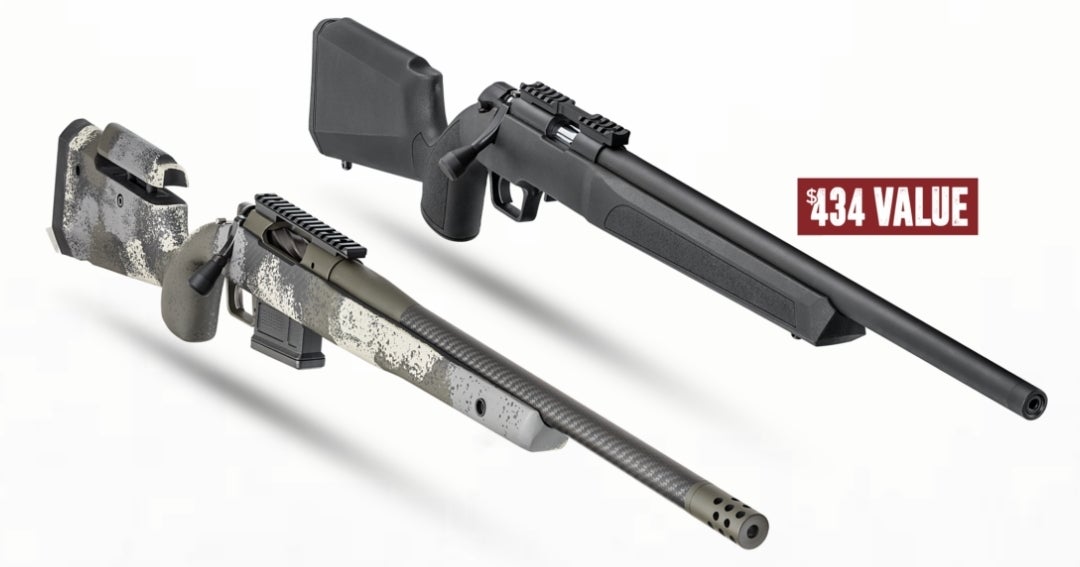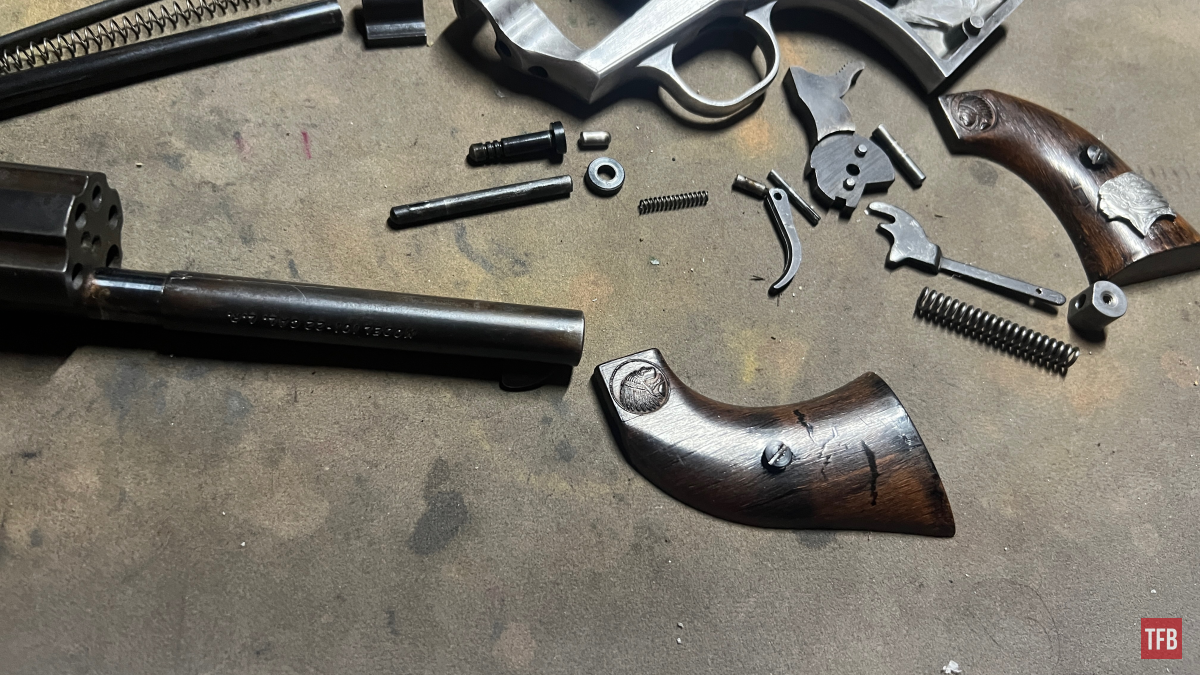I know this subject probably gets much more time and thought than any subject concerning firearms. I’m not here to change everyone’s mind, but perhaps my comments might initiate some thought and provide some alternate choices for some to consider. Now, in the spirit of full disclosure, I must admit to being a 1911-aholic with some Hi-Power thrown in. However, I started my handgun shooting and collecting with a Smith & Wesson Model 19 Combat Magnum revolver.
I know I am showing shades of a bifurcated personality but that is not uncommon with firearms enthusiasts’ wants, likes, and must haves… Is it? Anyway, it’s no wonder I display split affection. After all, my dad had a penchant for a S&W Model 12 Airweight and my uncle Pete earned the sobriquet of “Pistol Pete” for the Colt Detective Special he was never without in the Bensonhurst section of Brooklyn — despite the Sullivan Law.

So, it’s no wonder I do not display more “Trans firearm dysphoria.” However, I digress. My next handgun acquisition was a Browning Hi-Power, because one of my frat brothers was the manager of the sporting goods department at the local Monkey Wards. That’s Montgomery Wards for those not familiar with the term. He was able to put me in the driver’s seat for a whopping $84 out the door. My 1911 exposure began when I was issued one by Uncle Sam, which somehow conveniently disappeared due to “loss and battle damage…”
Revolvers
Since those early and might I say, formative days, I have owned and fired a boat load of revolvers. Most were Smith & Wesson’s and pistols, a lot of Colt’s with some Brownings thrown in. I’ve formed some opinions about how, and when, they can be most effectively deployed. In the 1960s and ’70s — after my military service — I became an avid shooter and hunter. I hunted everything from ground squirrels to grizzly bears. Regardless the quarry, I always had a magnum revolver of some sort and caliber with me as a backup (in case something untold occurred).
It didn’t take long before I concluded that if I could not stop the Grizzly with the .300, .338, .375, or .416, being armed with my revolver was not going to help much. I did convince myself, however, that around camp when doing chores, having it under the jacket that I used as a pillow, and for those midnight relief interludes, it did provide a convenient measure of comfort and security. To further ensure myself of my ability to render beasts incapable of rendering harm to my delicate body, I decided to try my hand at hunting with a pistol only.
I started out honing my skill on jack rabbits that were abundant everywhere in Southern California. Quickly, I identified my secret spots. I started with the Model 19, then moved to a Model 29, and finally a Model 57. I became quite proficient and got to the point where I would walk the desert and jump shoot them. We shot so many, I developed my skill to the point that I could fast draw from the holster when we startled one and hit it firing double action in mid air on its first jump. I could also shoot them consistently at distances of 100 yards without difficulty shooting single-action style. Needless to say, all that practice gave me a tremendous amount of confidence in the revolvers and my skills with them.
With that confidence, it became time to try my skills on bigger, and progressively more dangerous, game. The first hunt was for a hog over dogs. I told the outfitter I only wanted a meat hog, and it presented no problem for the model 19. Next on the list was a mountain lion. Again, I was hunting over hounds, and the model 19 was more than up to the task. I then booked a black bear hunt and decided the model 57 should get the call. Once again, the hunt was over hounds. The Grizzly that fell to the Model 29 came years later.

All the shooting and hunting provided me with a good feel and cemented some of the strong feelings I hold about revolvers. First and foremost, revolvers have always proven to be reliable and powerful enough to get the job done — if I do my part. That is indeed comforting. So, lets look at the reliability issue.
Revolvers have an economy of parts that are usually very sturdy for their intended purpose. A fact that makes them strong, versatile, long lasting, and durable. Revolvers also rely on the shooter to provide the energy to cycle them manually, either by cocking them if they are to be fired single action or double action using the trigger to cock the hammer, rotate the cylinder, and fire. If for some reason it does not fire, an ammunition failure for example, all you need to do is repeat the process. If there is ammo on board, it will likely go bang!

If one is within contact distance of man or beast, the revolver can be pressed into the flesh and will fire reliably. The only way to prevent the revolver from firing, assuming one has the presence of mind, reflexes, and strength to match… The cylinder can be grabbed and prevented from rotating into battery. That is, in fact, the only way I know of to prevent a revolver from discharging.
Additionally, revolvers are the strongest type of traditional handgun. Revolvers fire the widest variety of cartridges and some of the most powerful that a handgun can accommodate safely. That said, it is still important to understand that the chief asset of a handgun is, and always will be, its portability — not its power. The larger the caliber, the less portable, concealable, and convenient they become.

My personal choice for 90% of my everyday carry is the scandium-alloy, titanium-cylindered Smith & Wesson 360PD in .357 Magnum loaded with .38 +P wearing a Crimson Trace Laser Grip. The larger grip profile of the laser grip softens recoil while providing fast, instinctive target acquisition at close combat distances. I will, at this point, state the obvious. Due to the longer and heavier double-action pull of the trigger, no manual safety is provided or needed on double-action revolvers.
Pistols
Now for the pistol side of the argument. As previously stated, for the most part, I’m a 1911-a-holic — followed by much love and affection for the Browning Hi-Power. My reasons are many and very logical (at least in my mind). So, indulge me a few sentences.

As mentioned, my first pistol was a T-Series Browning Hi-Power in 9mm. It was the most comfortable handgun my limited experience ever held or fired. Truth be told, it is still one of the most comfortable handguns for many people to handle. Browning and Saive just got it right.
I carried that Browning everywhere and shot many jackrabbits and ground squirrels. However, I never hunted animals much larger because of the limited ballistics of the 9mm Para cartridge. It was very reliable if I did my part (by feeding it only the round nose FMJ jackets it was designed for). It was slim, compact, and very concealable with its slim flat slide. Best of all was the 14 rounds on board when carried “cocked and locked.”
The only complaint I have with the Hi-Power is that its trigger, although good, is no match for the smooth, light, short pull and reset of a tuned 1911. Because of the wonderful trigger, a manual safety is mandatory. The way John Browning designed the thumb safety it is positive, instinctive, seamless, and lighting fast to operate. To those who say the new style triggers without safeties are faster, I say, “Well…” What I would say can’t be printed in a family publication.
I also like the slide release. Again, because it is positive, faster, and more natural to use than a slide stop. With the slide release, after a reload or clearance drill, your weak hand just reestablishes its grip and releases the slide with the weakside thumb. The slide stop requires you to come over the top, grasp the slide, pull it to the rear, and release it before you can bring your hand back around and under to re-establish your grip which takes longer and invites missteps.

The most vaunted advantages of pistols over revolvers is that they carry more rounds and are faster to reload than revolvers, which is true. However, they also require more administrative tasks to be performed, so evidence (in the form of casings and magazines) are not strewn about. They can also misfire, fail to feed or eject, and suffer other hiccups inherent to their design when not properly maintained.
These failures could prove injurious or fatal in a gunfight. That said, when I am planning a night out on the town, meeting friends for dinner in an upscale area, I will up gun. Depending on where I am headed, and how I am dressed, I will add a Hi-Power or a 1911 Officers Model to the 360PD and relegate it to Backup. Heck, if it’s hot (when shorts and Hawaiian shirts are in order), I’ll grab the Seecamp instead of the .45. Nothing wrong with a New York reload.
So, back to the original question as to what is best choice for concealed carry? I believe they both the revolver and semi-auto have a time and a place where they are each at their best. For me, they are sometimes best together.
Stay safe, train often, and practice, practice, practice!
Which camp do you identify with revolvers, pistols, or both? Which gun would you prefer as a primary or backup? Do you carry a handgun while hunting? Share your answers in the Comment section.
Read the full article here
